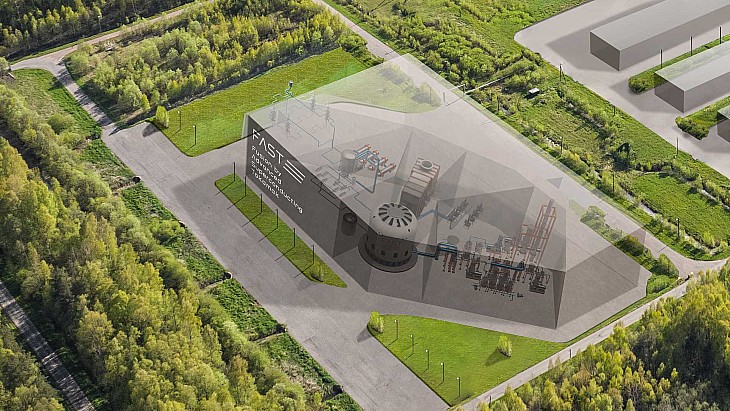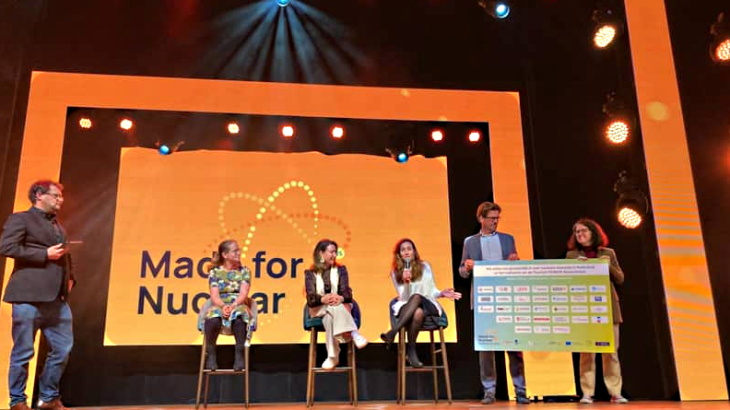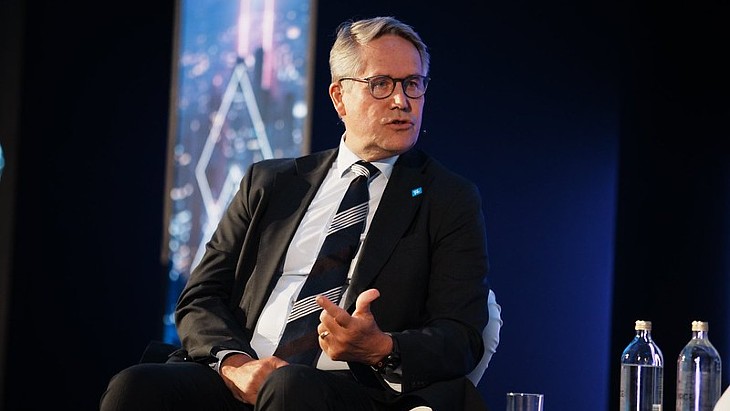The Smolensk plant covers 75% of electricity supply to the region and 13% of all of the country's nuclear power generation.
Pavel Lubensky , the plant's director, said the "uniqueness and complexity" of the upgrade work "considerably increases the reliability of equipment and safety systems of the nuclear power station, justifying the possibility of operating the unit for an additional period of time and enabling the continued uninterrupted supply of energy to consumers".
During the repair work, which began in May 2018, unit 3 underwent "an almost complete renovation and technical rearmament", Rosatom said. This included improving the reliability of the unit's turbines with an overhaul of all the cylinders. A comprehensive survey of the technical condition of non-replaceable items of equipment was carried out, as well as an in-depth safety assessment.
One of the "unique and large-scale" activities of the upgrade work was the delivery, installation and adjustment of software for the control system, Rosatom said.
Unit 3 is operating at the nominal power level, it said.
Unusual design
The RBMK is an unusual reactor design, one of two to emerge in the Soviet Union in the 1970s. The design had several shortcomings, and was the design involved in the 1986 Chernobyl accident. Major modifications have been made to RBMK reactors still operating.
The RBMK (reaktor bolshoy moshchnosty kanalny, high-power channel reactor) is a one-circuit, water-cooled reactor with individual fuel channels and using graphite as its moderator. After the separation of the water-steam mix coming out from the reactor in four large horizontal separating drums, the steam goes directly to the turbine.
It is also known as the light water graphite reactor It is very different from most other power reactor designs as it derived from a design principally for plutonium production and was intended and used in Russia for both plutonium and power production.
In 2006 Rosatom said it was considering 15-year lifetime extensions and uprating of all its 11 operating RBMK reactors, and 10 had licence extensions by mid-2016. Following significant design modifications, as well as extensive refurbishment including replacement of fuel channels, a 45-year lifetime is seen as realistic for most of the 1000 MWe units. In 2011 they provided 47.5% of Russia's nuclear-generated electricity.
For older RBMK units, service lifetime performance recovery operations involve correcting deformation of the graphite stack. After dismantling the pressure tubes, longitudinal cutting of a limited number of graphite columns returns the graphite stack geometry to a condition that meets the initial design requirements. The procedure will give each of these older reactors at least three years' extra operation, and may then be repeated. Leningrad 1 was the first reactor to undergo this over 2012-13, followed by the Kursk units, and with Smolensk next to receive attention, in 2017.
Early in 2012, Rosatom announced a RUR45 billion (USD691 million) programme to upgrade and extend the operating life of the Smolensk 1-3 RBMK units. At the same time, construction of Smolensk II would get under way, with the first VVER unit to come online by 2024 (now 2027). In 2012 Smolensk 1 was licensed to December 2022, a 10-year extension after refurbishment. Upgrading unit 2 was undertaken from 2013, to come back on line in 2015, and included replacement of fuel channels and upgrading the reactor control and protection system and radiation monitoring system, as well as reinforcing the building structure. In April 2015, an application was made for a 15-year licence extension. Unit 3’s upgrade followed, though it was already operating above 1000 MWe gross. In 2017 work started on restoring lifetime performance of the graphite stacks. All three Smolensk units are set for a 45-year operating lifetime.
Atomenergoproekt Moscow is architect engineer for VVER-TOI units to replace old RBMK capacity at Smolensk.

.jpg)



_34792.jpg)
_16403_79272.jpg)



_76087_55556.jpg)



